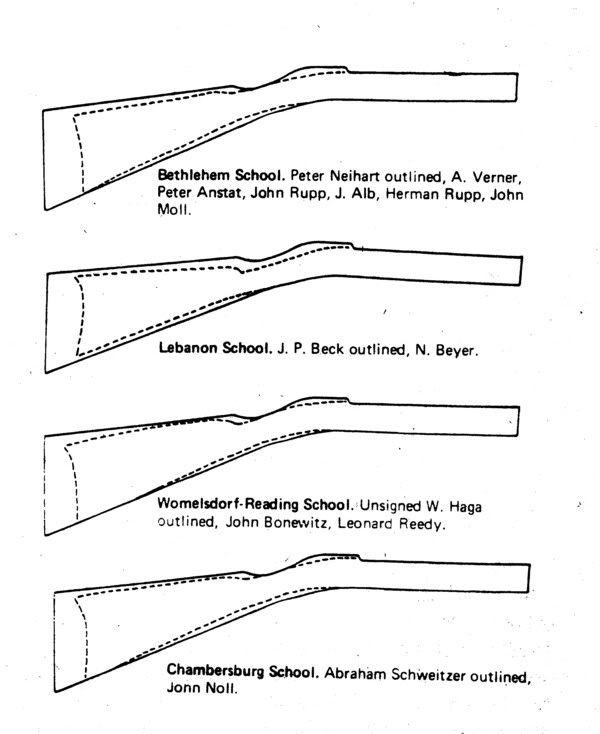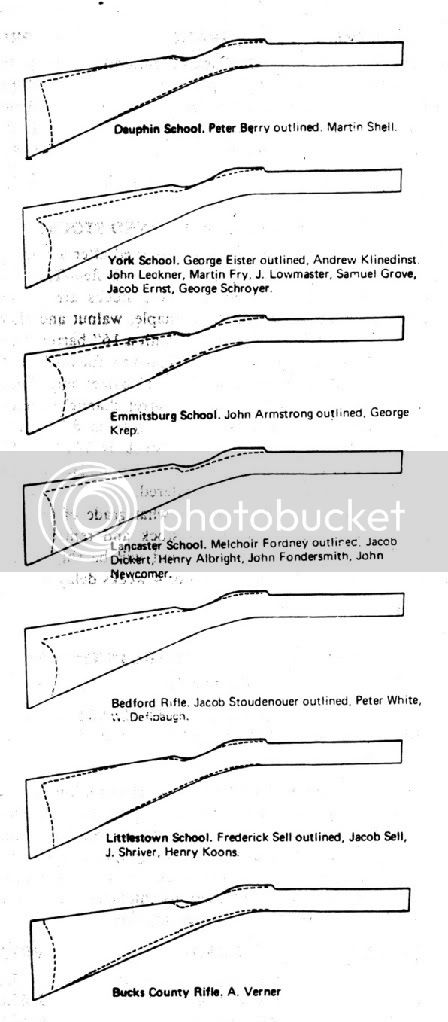Getin' ready to build a once-n-fer-all Kentucky rifle from a kit and I figure you folks might put me on the right trail. ( scratch built is not fer me - see the photo forum )
Anyway, lookin' for the best fittin' stock inletting work and parts and am not too concerned about the price since I'll only be makin' one and have a couple of cartridge rifles to sell to finance the project. Here is the style I prefer...
Crocket rifle
Anyway, lookin' for the best fittin' stock inletting work and parts and am not too concerned about the price since I'll only be makin' one and have a couple of cartridge rifles to sell to finance the project. Here is the style I prefer...
Crocket rifle










